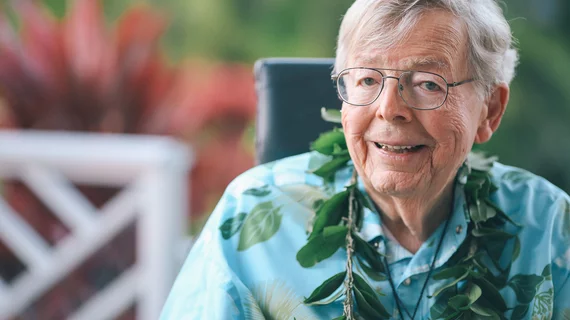Medtronic co-founder and pacemaker inventor Earl Bakken dies at age 94
Medtronic co-founder Earl Bakken, who invented the world’s first wearable, battery-powered pacemaker, died on Oct. 21 in his Hawaii home, the company announced earlier this week. He was 94.
The business that he started in 1949 with his brother-in-law, Palmer Hermundslie, has since grown into the world’s largest medical device company with upwards of 86,000 full-time employees worldwide and a market capitalization of more than $129 billion, according to an obituary in the Minneapolis Star Tribune.
"Today we are saddened by the passing of Earl Bakken, but we also honor and will forever cherish the life of a beloved man whose brilliance and vision have improved the lives of millions of people around the world," Medtronic chairman and CEO Omar Ishrak said in a statement. "The contributions Earl made to the field of medical technology simply cannot be overstated. His spirit will live on with us as we work to fulfill the Mission he wrote nearly 60 years ago—to alleviate pain, restore health and extend life. Our thoughts and prayers are with the Bakken family during this difficult time."
Bakken led the company for 40 years before retiring as chairman in 1989. He moved to the Big Island of Hawaii in 1994, where he helped run a hospital and participated in volunteer and philanthropy work.
At age 83, he became the first recipient of an honorary medical degree from the University of Minnesota, the state where he helped start Medtronic from the Hermundslie family’s garage. He is also a member of the Minnesota Inventors Hall of Fame, and in 1984 his cardiac pacemaker was recognized as one of the 10 most outstanding engineering achievements of the last half-century by the National Society of Professional Engineers, according to the press release.

